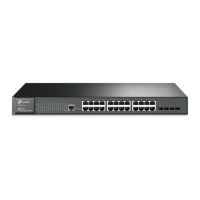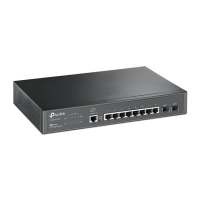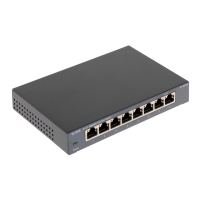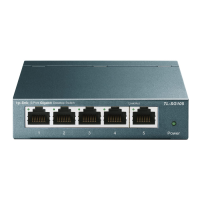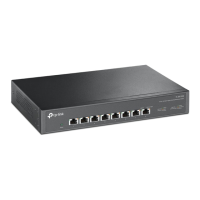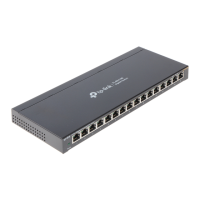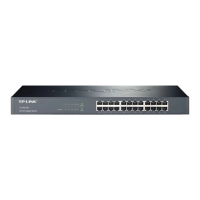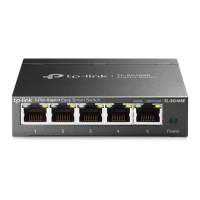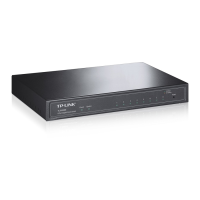180
Link-local address
A link-local address is an IPv6 unicast address that can be automatically configured on any
interface using the link-local prefix FE80::/10 (1111 1110 10) and the interface identifier in the
modified EUI-64 format. Link-local addresses are used in the neighbor discovery protocol and
the stateless autoconfiguration process. Nodes on a local link can use link-local addresses to
communicate. The figure below shows the structure of a link-local address.
Figure 10-2 Link-local Address Format
IPv6 devices must not forward packets that have link-local source or destination addresses to
other links.
Note:
You can configure multiple IPv6 addresses per interface, but only one link-local address.
IPv6 Neighbor Discovery
The IPv6 neighbor discovery process uses ICMP messages and solicited-node multicast
addresses to determine the link-layer address of a neighbor on the same network (local link),
verify the reachability of a neighbor, and track neighboring devices.
1. IPv6 Neighbor Solicitation Message and Neighbor Advertisement Message
A value of 135 in the Type field of the ICMP packet header identifies a neighbor solicitation
(NS) message. Neighbor solicitation messages are sent on the local link when a node wants
to determine the link-layer address of another node on the same local link.
After receiving the neighbor solicitation message, the destination node replies by sending a
neighbor advertisement (NA) message, which has a value of 136 in the Type field of the ICMP
packet header, on the local link. After the source node receives the neighbor advertisement,
the source node and destination node can communicate.
Neighbor advertisement messages are also sent when there is a change in the link-layer
address of a node on a local link.
Address Resolution
The address resolution procedure is as follows:
Node A multicasts an NS message. The source address of the NS message is the IPv6
address of an interface of node A and the destination address is the solicited-node multicast
address of node B. The NS message contains the link-layer address of node A.
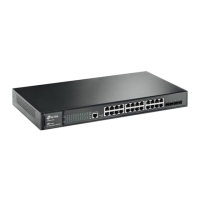
